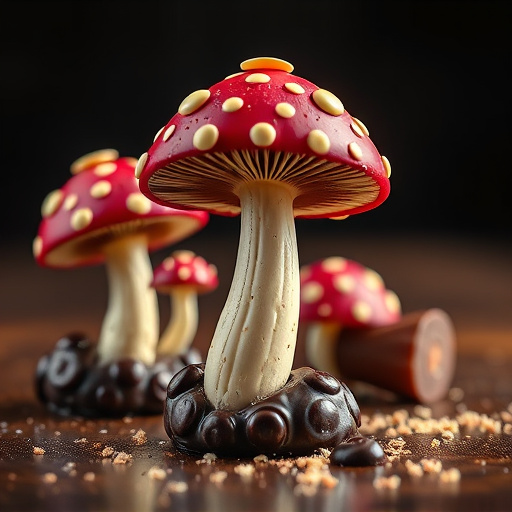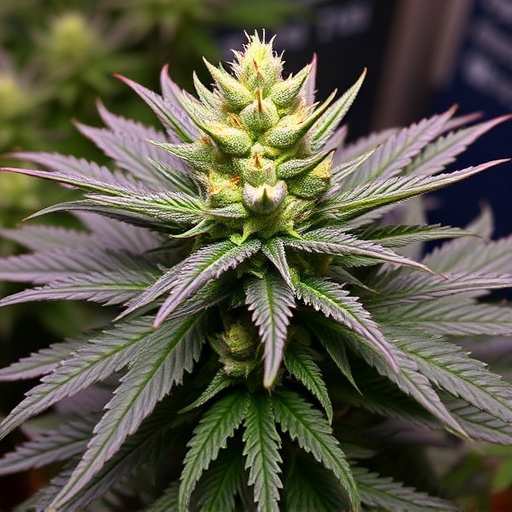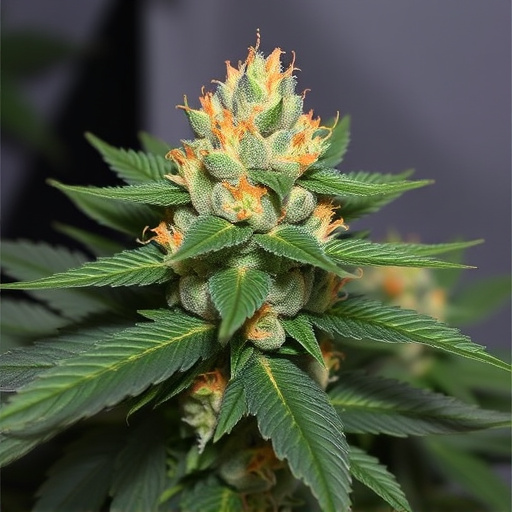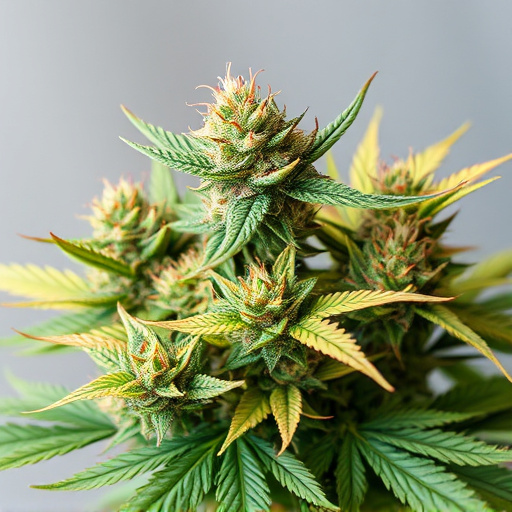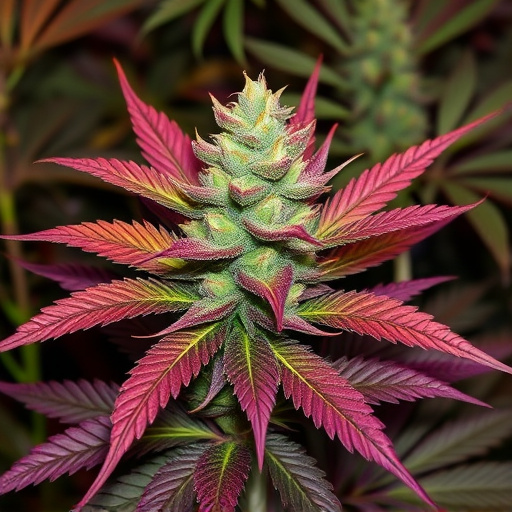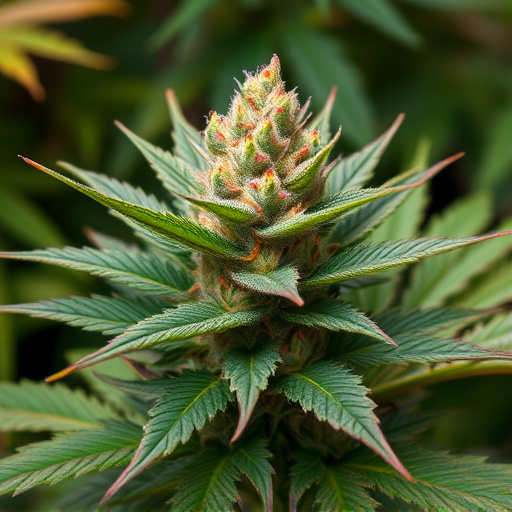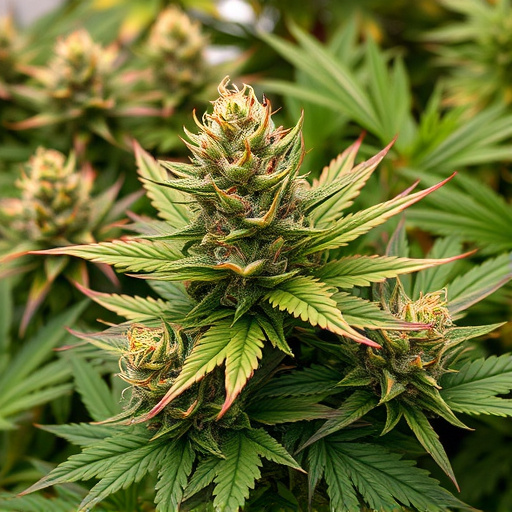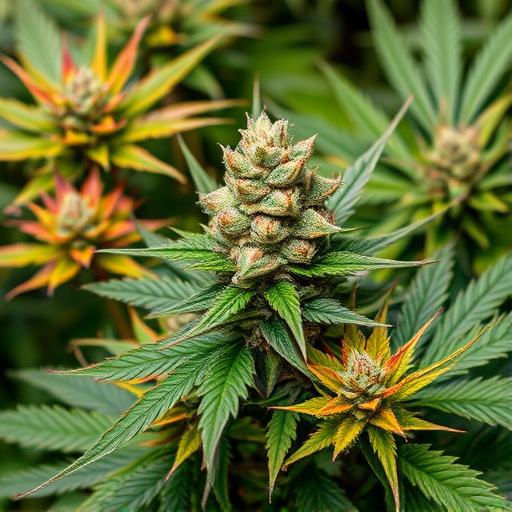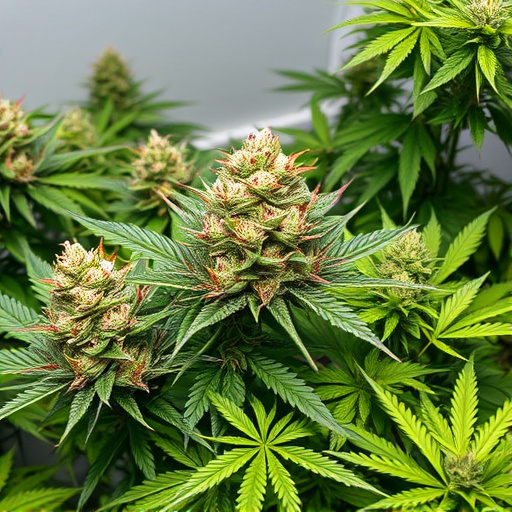Exotic marijuana strains captivate users with their vibrant colors achieved through genetic manipulation and breeding. Rare genes introduce purples, blues, and other hues driven by chemical interactions like anthocyanins and terpenes. These mutations and environmental factors expand global legal markets while enhancing the cannabis experience. Understanding these processes empowers cultivators to nurture visually striking varieties, enriching the overall cannabis landscape.
“Uncover the mysteries behind the vibrant hues of ‘weed’ in our comprehensive guide. From purple to red and blue, these rare colors aren’t just visual delights; they offer a glimpse into the complex world of exotic marijuana strains. We explore the fundamental role of pigments and terpenes, along with genetic mutations and environmental influences, that contribute to these unique attributes. Dive into this article to understand how these factors shape the diverse tapestry of exotic marijuana strains.”
- Understanding Exotic Marijuana Strains: A Foundation for Color Variation
- The Role of Pigments and Terpenes in Weed Colors
- Genetic Mutations and Environmental Factors: Unveiling the Secrets Behind Rare Colors
Understanding Exotic Marijuana Strains: A Foundation for Color Variation

Marijuana enthusiasts often marvel at the diverse colors found in modern strains, extending beyond the classic green. This vibrant palette includes eye-catching shades like purple, red, and blue—a far cry from their natural green hue. The foundation for these color variations lies in understanding exotic marijuana strains. These aren’t just unique varieties; they’re carefully cultivated through selective breeding and genetic manipulation, leading to striking visual differences.
Exotic marijuana strains result from dedicated efforts by growers to enhance specific traits, including color, terpene profiles, and potent levels. By introducing rare genes or cross-breeding distinct strains, cultivators can create remarkable new varieties with colors that range from deep purples to vivid blues. This focus on exotic strains not only enriches the cannabis experience but also pushes the boundaries of what’s available in legal markets worldwide.
The Role of Pigments and Terpenes in Weed Colors
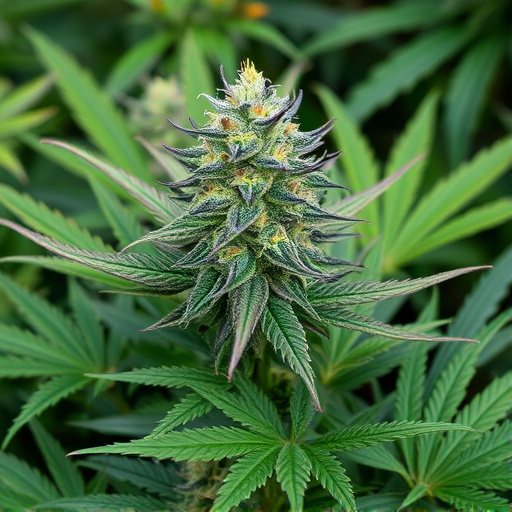
The vibrant colors associated with weed, ranging from purple and red to blue, are not merely aesthetic; they serve as a result of complex chemical interactions within the plant itself. These colors are primarily attributed to pigments and terpenes, two essential components that contribute to both the visual appeal and unique properties of different marijuana strains, including exotic ones.
Pigments play a crucial role in protecting the plant and attracting pollinators. The most common pigment responsible for purple hues is anthocyanin, which is also found in blueberries and red grapes. In cannabis, varying levels and types of anthocyanins give rise to the purple shades seen in many exotic marijuana strains. Terpenes, on the other hand, are aromatic compounds that not only contribute to the distinct smell of different strains but also influence their color. Certain terpenes can enhance or modify pigment expression, leading to the striking red, blue, and purple variations observed in these exotic varieties.
Genetic Mutations and Environmental Factors: Unveiling the Secrets Behind Rare Colors
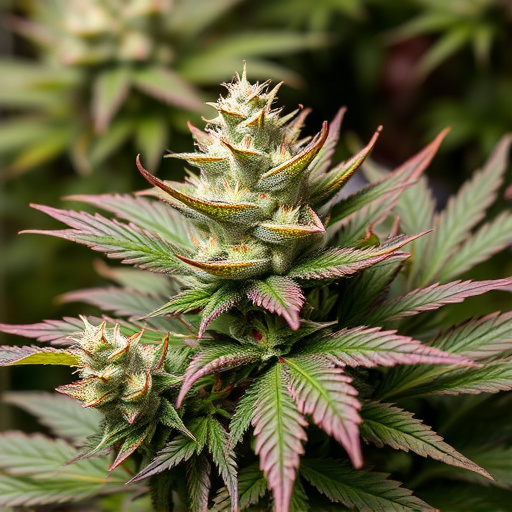
Genetic Mutations and Environmental Factors play a pivotal role in the rare coloration seen in exotic marijuana strains. These mutations, often spontaneous, can alter the production of pigments within the plant’s cells, resulting in vibrant purple, red, or blue hues.
Environmental conditions also contribute to these unique colors. Factors like sunlight exposure, temperature fluctuations, and nutrient availability can influence pigment development. For instance, cooler temperatures and higher humidity levels are known to enhance the expression of anthocyanins, a type of pigment responsible for red and blue colors in various plants, including marijuana. Understanding these intricate interactions between genetics and environment allows cultivators to nurture exotic strains with distinct visual appeal, further enriching the world of cannabis.
Exotic marijuana strains offer a fascinating glimpse into the diverse world of cannabis, where rare colors like purple, red, and blue are not just cosmetic but result from intricate interactions between pigments, terpenes, and genetic mutations. Understanding these factors is key to appreciating the complexity and beauty of these unique plants. By exploring both natural variations and human interventions, we can better navigate the ever-evolving landscape of exotic marijuana strains.
